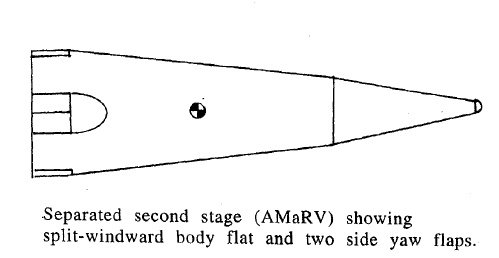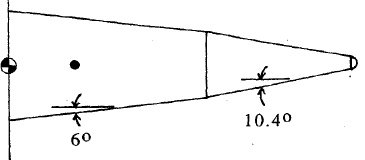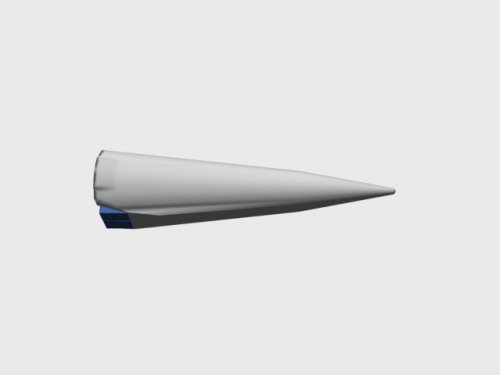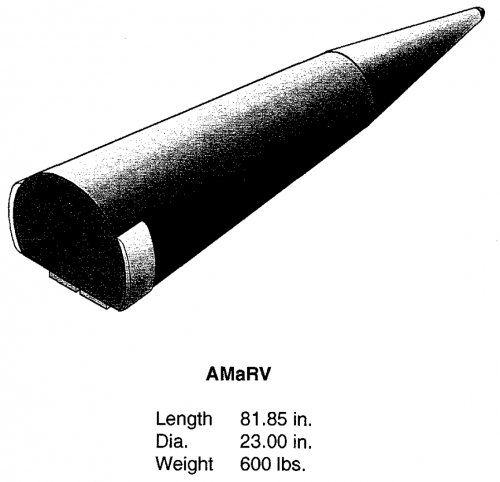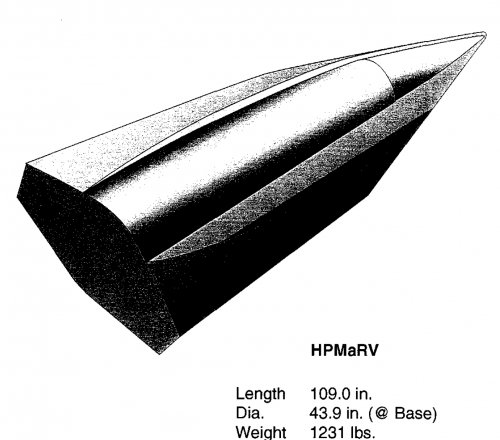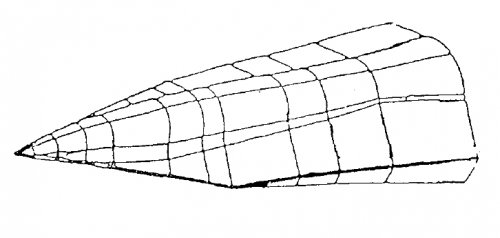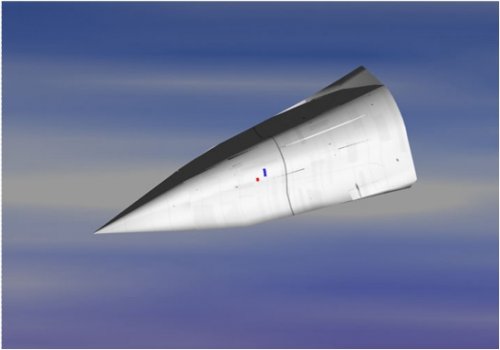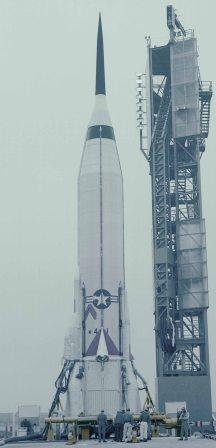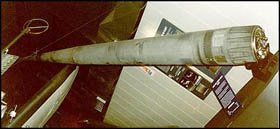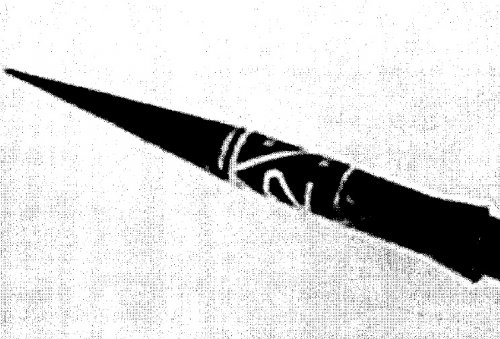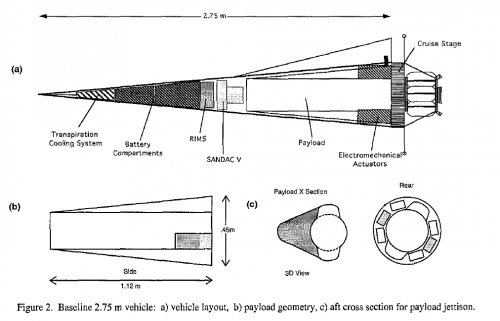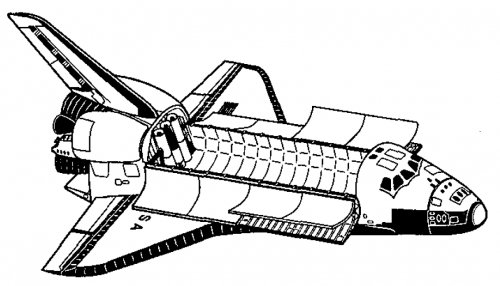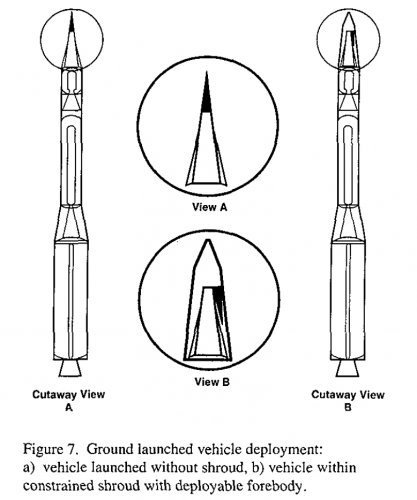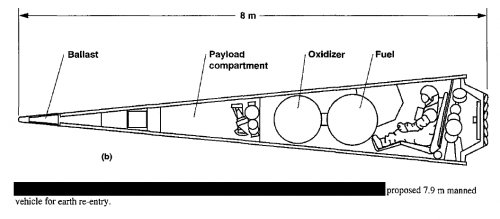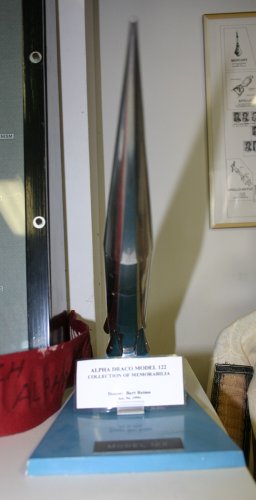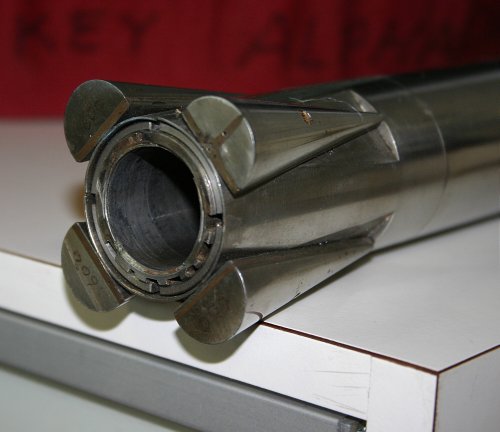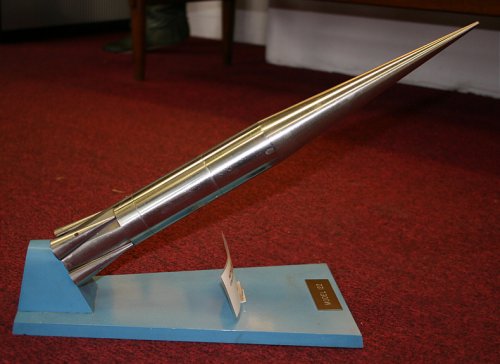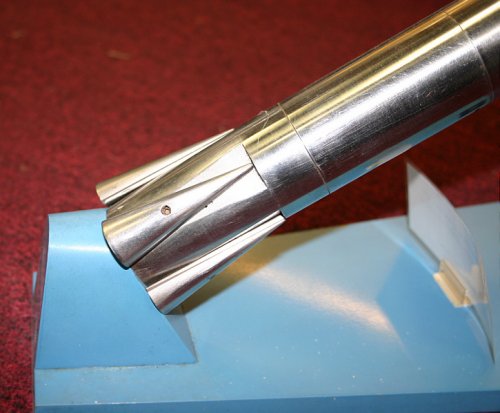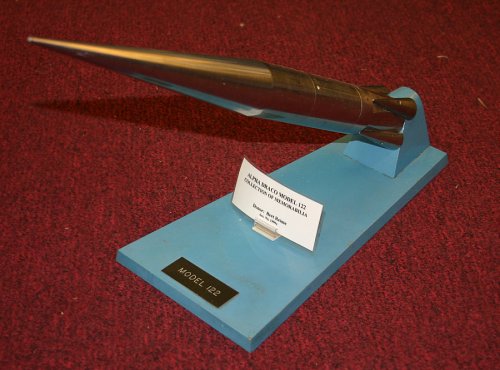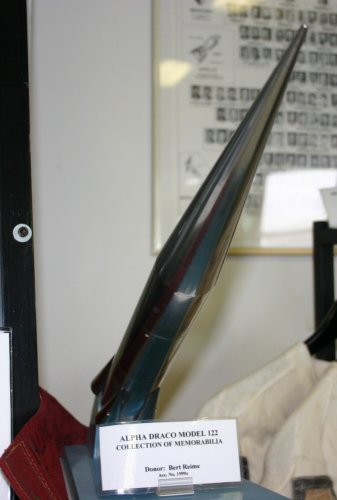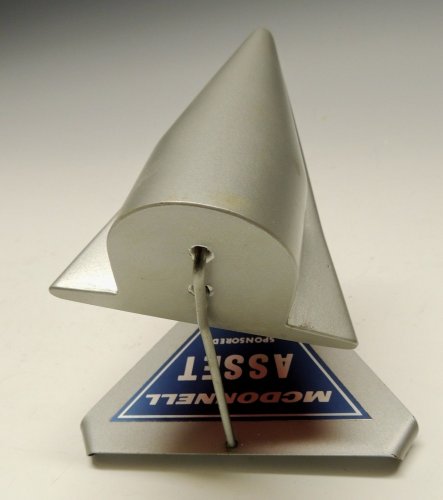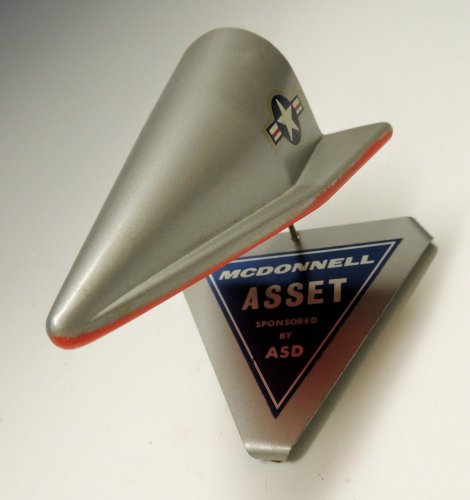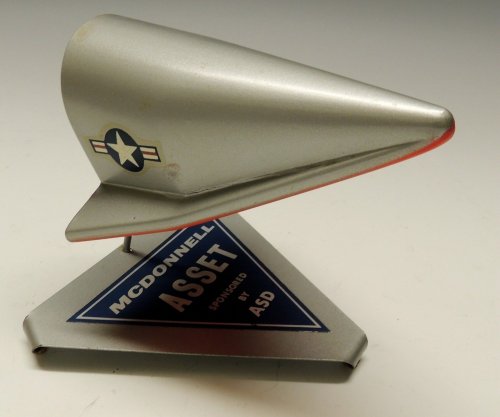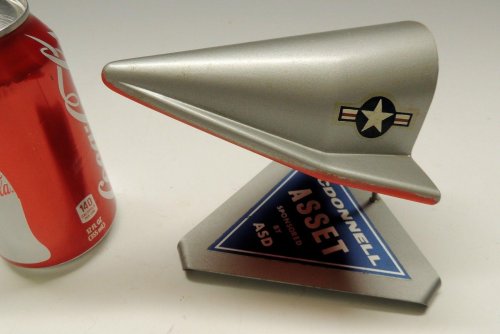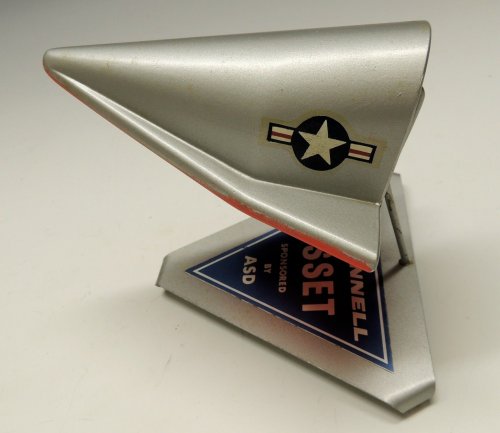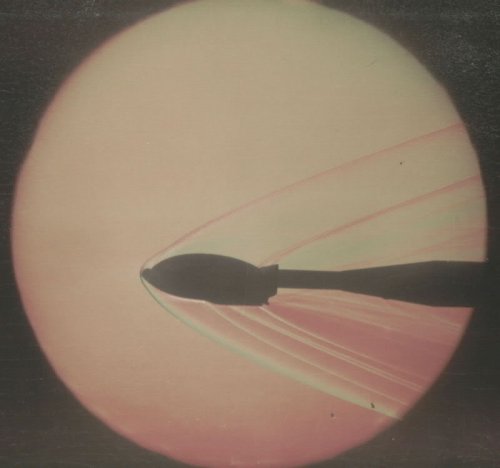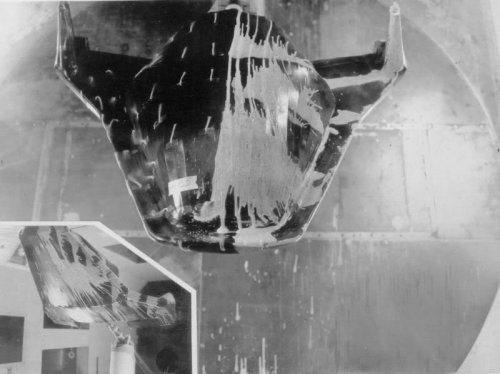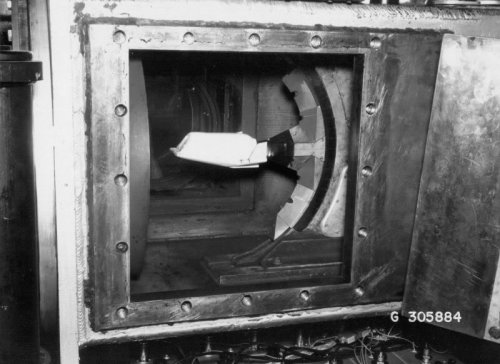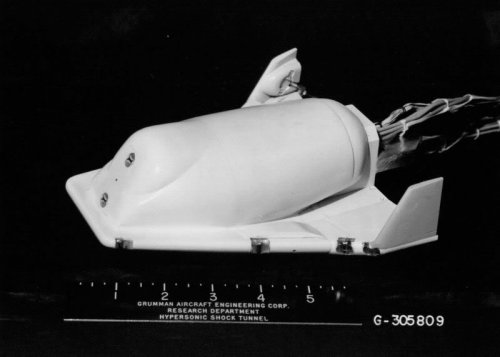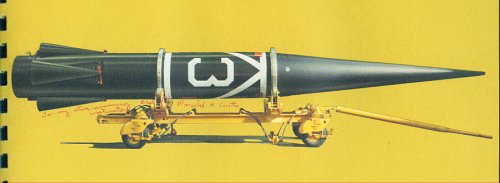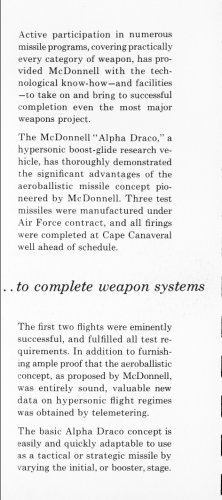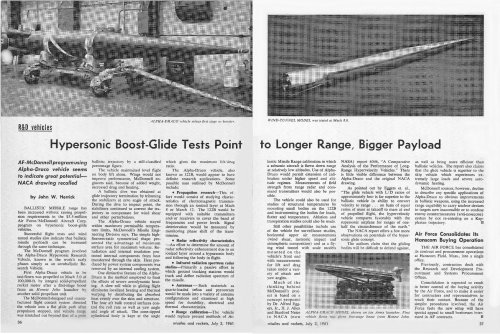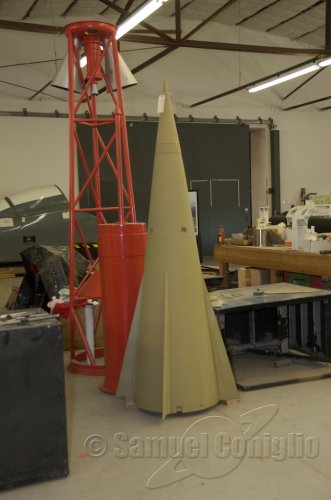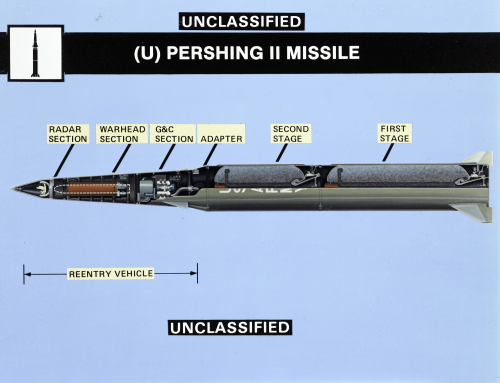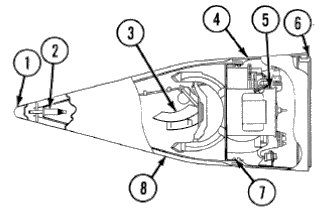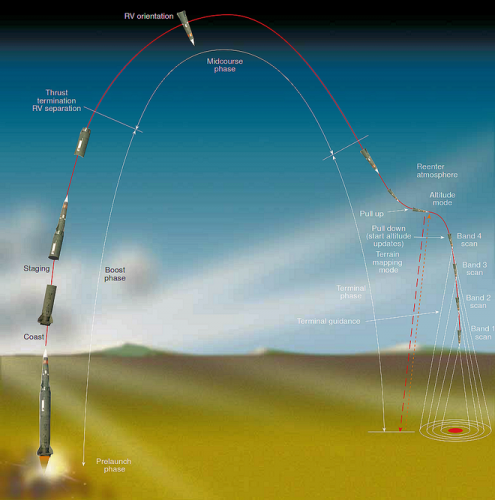This was what my post was referring to - from Global Security Newswire:
Navy to Launch Controversial Weapon Next Year
Thursday, April 3, 2008
By Elaine M. Grossman
Global Security Newswire
WASHINGTON -- The U.S. Defense Department has notified Congress that it plans to conduct a flight test in fiscal 2009 of a controversial weapon designed to fit on the front end of the Navy's Trident D-5 missile (see GSN, March 20). The flight test might help the Pentagon determine how a modified, conventionally armed re-entry vehicle might function on the submarine-launched missile, which typically carries nuclear weapons. The plans could prove contentious on Capitol Hill, following congressional action last year to cancel similar research efforts.
At the same time, the new defense report -- dated March 24 and obtained by Global Security Newswire -- shows that increased effort in a nascent mission called "prompt global strike" would be devoted to a separate technology demonstration of a futuristic weapon that could zoom in on its target at hypersonic speeds.
Defense officials would carry out both flight tests in 2009 as part of an effort to develop weapons that could attack points anywhere around the globe with just 60 minutes' notice.
Prompt global strike could be used against compelling threats in which the window of opportunity for an attack is fleeting, defense officials say. Examples might include a rogue nation's weapon of mass destruction being readied for launch or a leading terrorist pinpointed at a safe house, according to officials.
The new funding report details Defense Department plans for $100 million in prompt global strike expenditures in fiscal 2008 and $118 million in 2009. After rejecting the Trident modification concept last year, lawmakers called for the report to clarify how the Pentagon's near-term spending plans for the mission have changed.
Congress strenuously opposed the submarine-based weapon on the grounds that its use could mimic a launch of its nuclear twin. Such "ambiguity," lawmakers warned, could inadvertently trigger a Russian or Chinese nuclear weapons response (see GSN, Dec. 13, 2007).
Although defense leaders have said they would abide by Capitol Hill directives not to proceed with the "Conventional Trident Modification," it appears that the development of Trident-related technologies is set to continue, at least in some manner.
John Young, the Pentagon's top weapons-development and acquisition official, said in last week's report that the military would spend $6 million this year to prepare for the test and $3 million next year to conduct the flight, "using a Life Extension Test Bed (LETB-2) re-entry body."
The LETB-2 is a modification that defense contracting giant Lockheed Martin has proposed making to the Trident D-5 missile's Mk-4 re-entry body, which would greatly increase the weapon's accuracy, according to industry officials. Technically speaking, the modification could be made regardless of whether the re-entry body carried a nuclear or conventional payload, though in recent years Pentagon discussion has centered on the conventional mission.
Initially dubbing its precision upgrade the "Enhanced Effectiveness" program, Lockheed Martin said the modifications would give the Trident D-5 the kind of accuracy enjoyed by weapons using the Global Positioning System. It was first flight-tested on the Navy missile in October 2002, according to company and defense officials.
However, Congress zeroed a Navy request for Enhanced Effectiveness funding in fiscal 2003, concerned that making the Trident missile's Mk-4 re-entry body more precise might encourage nuclear "first strikes" against future adversaries (see GSN, Aug. 17, 2007).
The Navy was, nonetheless, able to capitalize on Lockheed Martin's early development work when it began crafting plans three years ago for the ill-fated Conventional Trident Modification effort, according to officials. Several officials interviewed for this story did so only on condition of not being named.
Young's report to Congress offers only general descriptions of the prompt global strike projects to be funded, to include the LETB-2 plans. The document does not describe which military service would conduct work on specific technologies or on which weapons "platforms" any of the equipment would be used.
The report lists the LETB-2 demonstration as part of an effort to develop flight-test facilities, without much elaboration.
However, the plans appear to track with budget documents the Navy submitted to Congress earlier this year, in which additional explanation is provided. During the 2009 test, officials anticipate demonstrating a communications and data link that could prove useful for subsequent experiments, the service said in the February budget submissions.
The LETB-2 experiment would be conducted on "a currently planned Trident D-5 missile flight," according to the Navy documents.
However, the congressional ban on developing a conventional version of the Trident missile might preclude a flight test on which the LETB-2 rides atop a D-5 missile, experts said. Young's report does not address whether the LETB-2 is still expected to fly aboard the D-5 missile during next year's flight test.
Although elements of the new report might prove divisive on Capitol Hill, the document represents a compromise hashed out inside the Pentagon, following Air Force complaints that an earlier draft maintained too much emphasis on Trident-related development work, GSN has learned.
At first blush, "it does not appear" that technologies mentioned in the Pentagon report are ultimately to be fielded on the Trident missile, one congressional aide said. Instead, these technologies might simply remain at an early stage of development or be applied to some future missile, according to this source.
However, not everyone sees the planned flight test as so benign.
"Every LETB flight gets them closer to a maneuvering Mk-4 first-strike capability," said a defense consultant monitoring the program. "That's the direction they're going."
Lawmakers had hoped to avoid such guesswork. A congressional directive last year instructed the Pentagon to make clear in the report which specific weapon platforms -- ballistic missiles, boost-glide vehicles, cruise missiles or the like -- might utilize the technologies the Pentagon is developing in 2008.
The plan, lawmakers wrote in the fiscal 2008 defense appropriations conference legislation, must "include correlations between each technology application being developed in fiscal year 2008 and the prompt global strike alternative or alternatives toward which the technology application applies."
Instead, the new report states somewhat obliquely that "FY-08 work is technically applicable to all of the ballistic missile delivery concepts considered in the Air Force [analysis of alternatives]" for prompt global strike -- an exhaustive assessment the service has reportedly completed but not yet released publicly. "All efforts have the intent, wherever possible, to mature and integrate technologies that have cross-service and/or cross-concept applicability," Young's report reads.
Details about how Pentagon spending on prompt global strike might benefit various weapon systems are still expected to appear in a six-year spending outline that the Pentagon has yet to submit to Capitol Hill, the congressional staff aide said.
Young's report broadly sets out to describe how the Defense Department intends to allocate a $100 million multiservice account for "prompt global strike" in fiscal 2008. The report also explains how the Pentagon would spend $118 million requested for the same defense-wide funding pot next year.
The plan segregates defense spending on prompt global strike development and test activities into four categories:
--Hypersonic glide experiments and concept demonstrations. The Pentagon plans to spend $58 million in fiscal 2008 and $70 million in fiscal 2009 to test-fly a Hypersonic Technology Vehicle next year. The military would follow up with a broader capability demonstration in fiscal 2010. The effort draws off of years of technology development led by the Defense Advanced Research Projects Agency, according to program-watchers. Eventually the technology might help the Air Force develop a "boost-glide" vehicle for prompt global strike. As envisioned, such a weapon could be launched by rockets into lower space, skip across the top of the atmosphere for thousands of miles, then glide back into the atmosphere and maneuver precisely into a target at hypersonic speeds, defense experts say.
--Alternative re-entry systems development. Young's report does not specify which future weapon platforms or military services might benefit from this category of work, for which $30 million is allotted this year and $40 million next year. The document does say the category includes development activities focused on software, flight control systems, heat shields, warheads and fuses, among other things. Under the effort, the Pentagon plans to demonstrate how a prompt global strike weapon might maneuver in flight toward its target and dispense submunitions.
--Test-range development. This category -- to received $6 million in fiscal 2008 and $3 million in 2009 -- includes the LETB-2 demonstration. It would also involve designing and building a system to capture flight test data and verifying range safety, according to the document.
--Conventional prompt global strike studies. Under this heading, the Office of the Secretary of Defense would spend $3 million in this fiscal year on a modeling and simulation effort to compare alternative weapon systems for prompt global strike. Another $3 million would go toward fiscal 2008 "acquisition program development" and "account execution [and] management." Next year, a total of $5 million would be spent to continue the latter two elements.
The unclear end use for the second category -- "alternative re-entry systems development" -- might generate additional debate among lawmakers, according to key sources.
"That is where the fight is going to be -- over what is the alternative re-entry vehicle design," said the defense consultant. "We think they left off the platforms [in the report] because they'd have to shoot it off of the D-5. They don't have another missile."
The document notes that fiscal 2008 estimates "may be subject to refinement." Next year's figures are "subject to approval and implementation of the five-year plan and congressional action on the president's budget request for FY-09," the report states.
Both Young and Marine Corps Gen. James Cartwright, the vice chairman of the Joint Chiefs of Staff, are said to be interested in moving the focus to a land-based weapon, to which the hypersonic technology effort applies, defense sources said (see GSN, Nov. 7, 2007).
Eleventh-hour negotiations that ultimately produced the final report for Congress -- reportedly led by Young and Cartwright -- resulted in a nearly even funding split between the services for the current fiscal year, according to sources familiar with spending details left out of the document.

